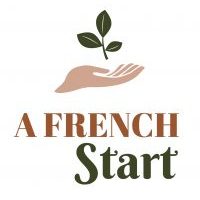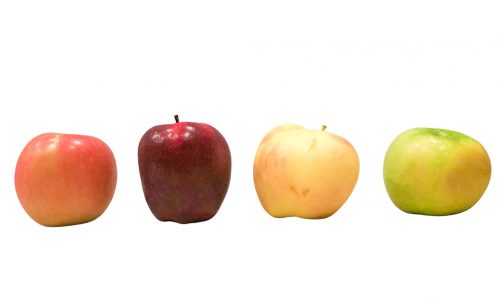What is oobleck and what makes it a great science experiment for kids? Inspired by Dr. Seuss’ Bartholomew and the Oobleck, it is a substance that can change its form without any change in temperature. It is just one example of a non-Newtonian fluid. Other examples are ketchup and silly putty, both of which exhibit liquid-like properties when poured but act like a solid when under force.
Making this fascinating goo only takes a few steps and a couple of ingredients that you most likely already have in your pantry. Since it involves pouring, mixing, and squeezing, children get to work on their fine motor skills. And once the oobleck is ready, playing with it is not only fun but also a great sensory experience for kids.
Conducting this science experiment for kids in French will enable your kids to discover or practice vocabulary related to measuring ingredients and action verbs involved as they follow the instructions.
Be warned that this experiment is quite messy, but I guarantee that the look of amazement on your child’s face is well worth it!
What you will need:
Disclosure: Please note that I have included Amazon affiliate links. If you click through and make a purchase, I will earn a commission (at no extra cost to you).
| 1/2 cup of cornstarch | 1/2 tasse de fécule de maïs |
| 1/4 cup of water | 1/4 tasse d’eau |
| Food colouring | du colorant alimentaire |
| A bowl | un bol |
| A fork | une fourchette |
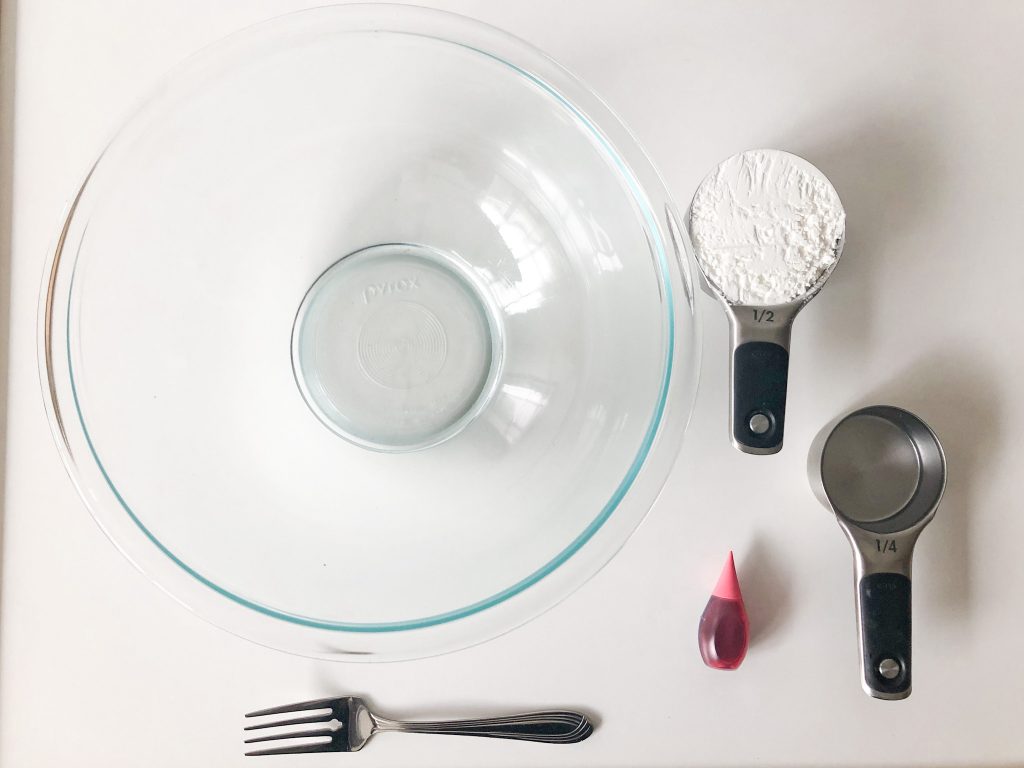
French instructions for your child
The instructions are written in a way that allows you to demonstrate the steps or do them collaboratively with your child.
Etape numéro 1:

We pour the water in the bowl.
On verse l’eau dans le bol.
Etape numéro 2:
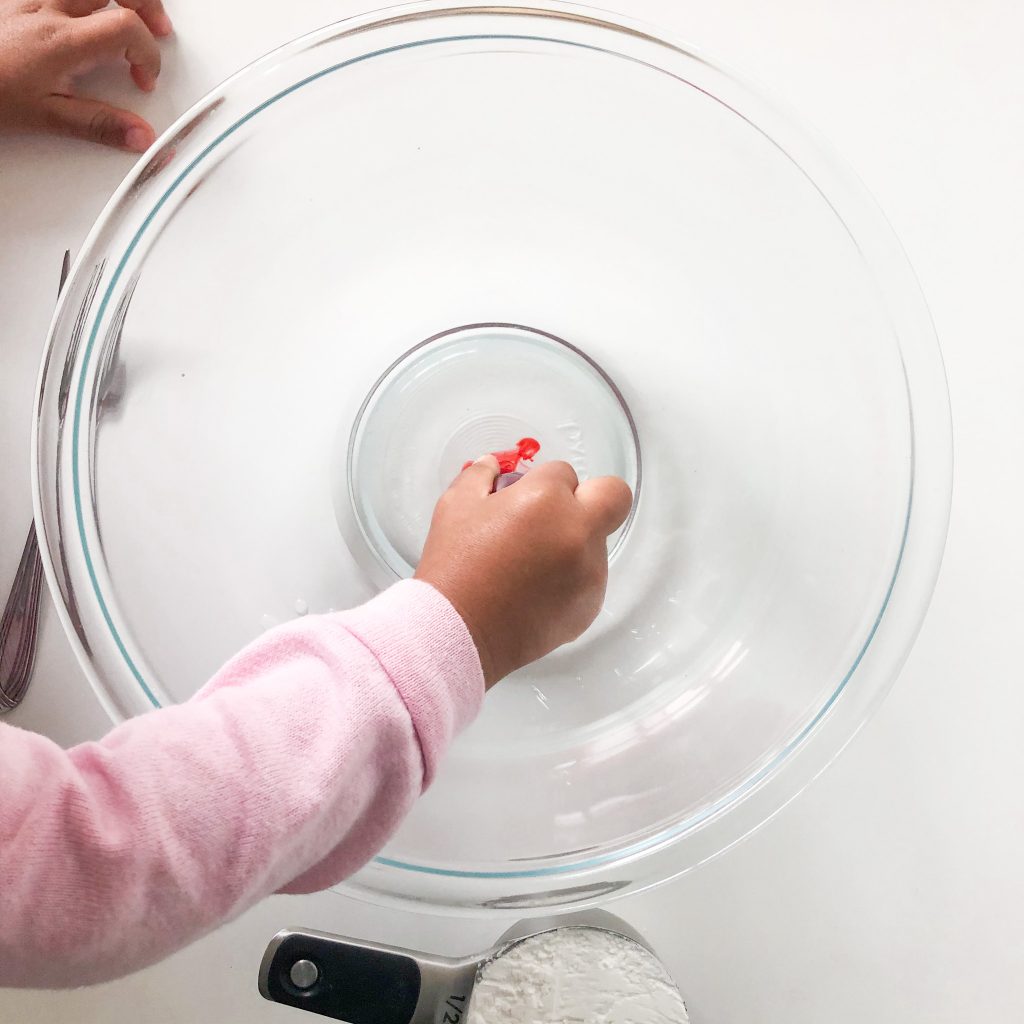
We add a few drops of food colouring.
On ajoute quelques gouttes de colorant alimentaire.
Etape numéro 3:
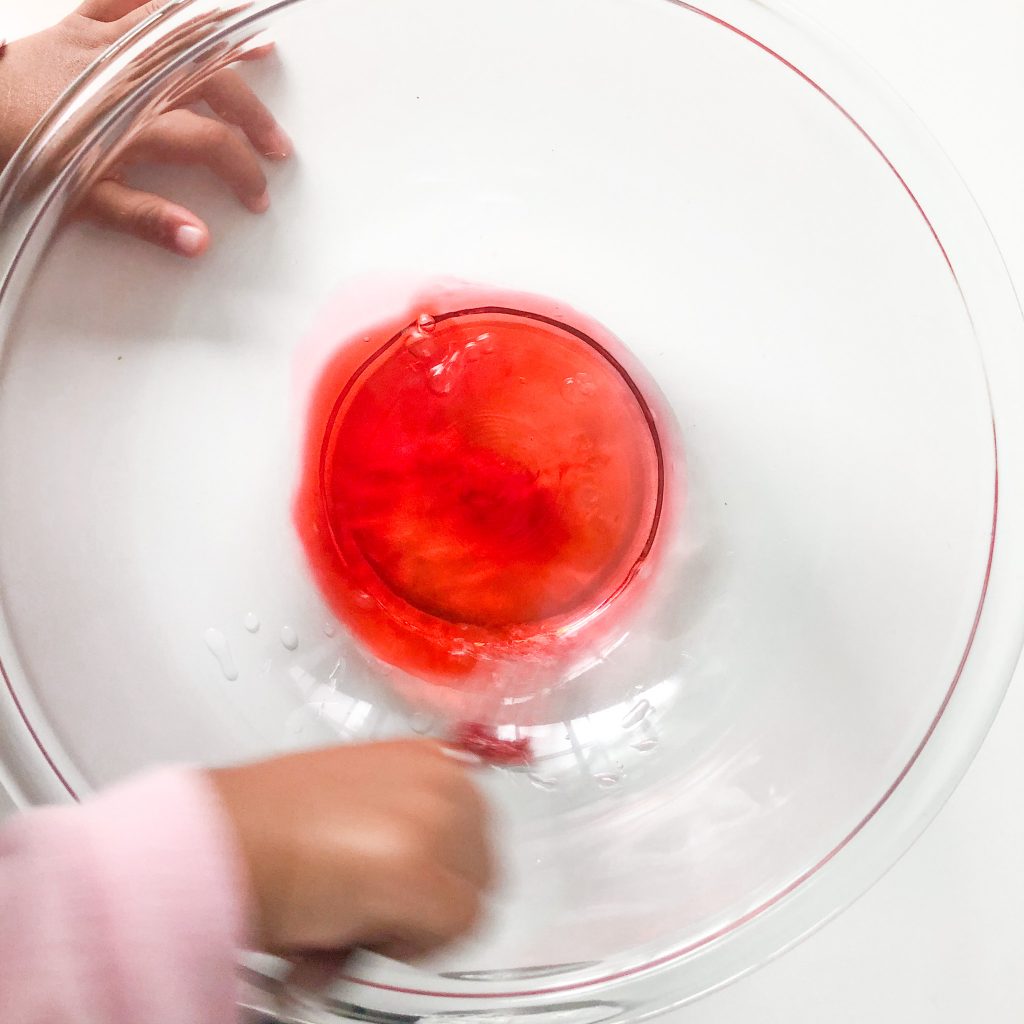
We mix it well.
On mélange bien.
Etape numéro 4:
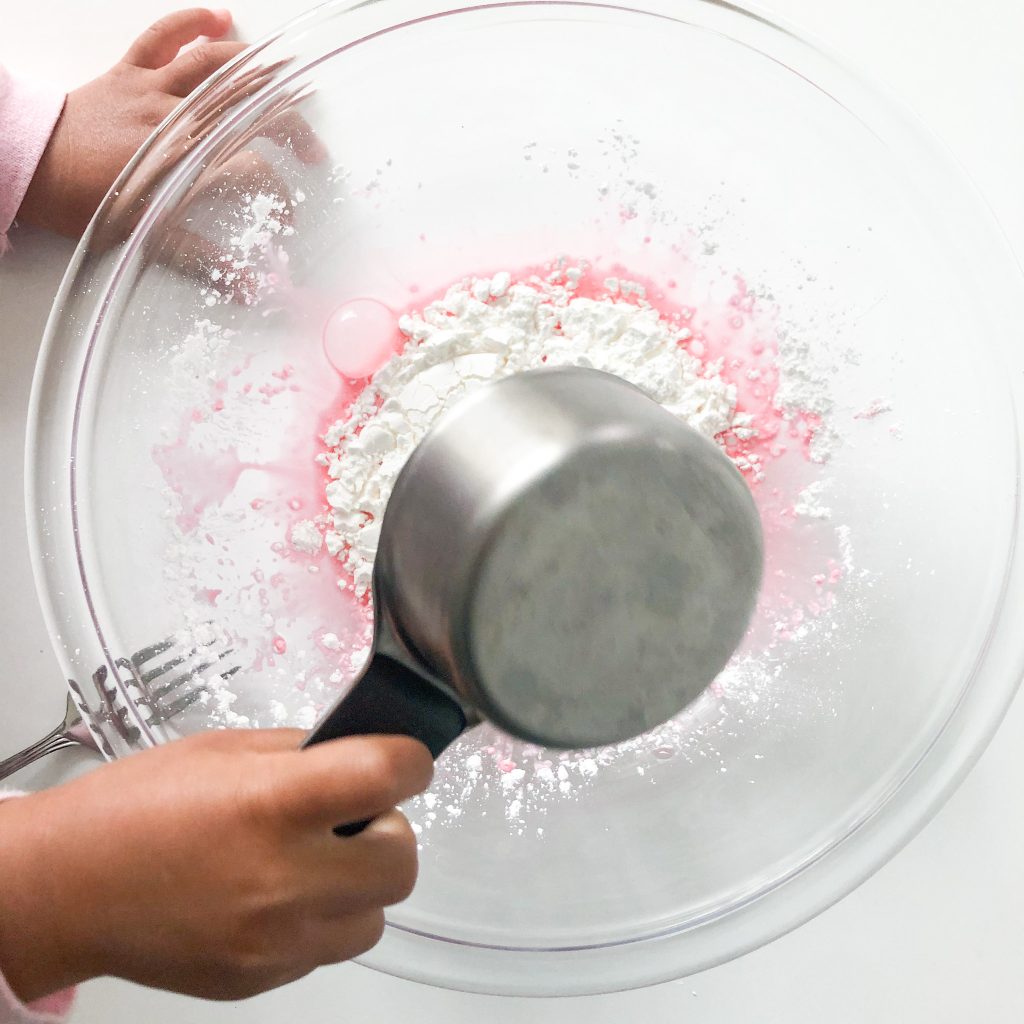
We add the cornstarch.
On ajoute le fécule de maïs.
Etape numéro 5:

We mix everything with the fork.
On mélange le tout avec la fourchette.
Et voilà! You’ve got yourself some oobleck.
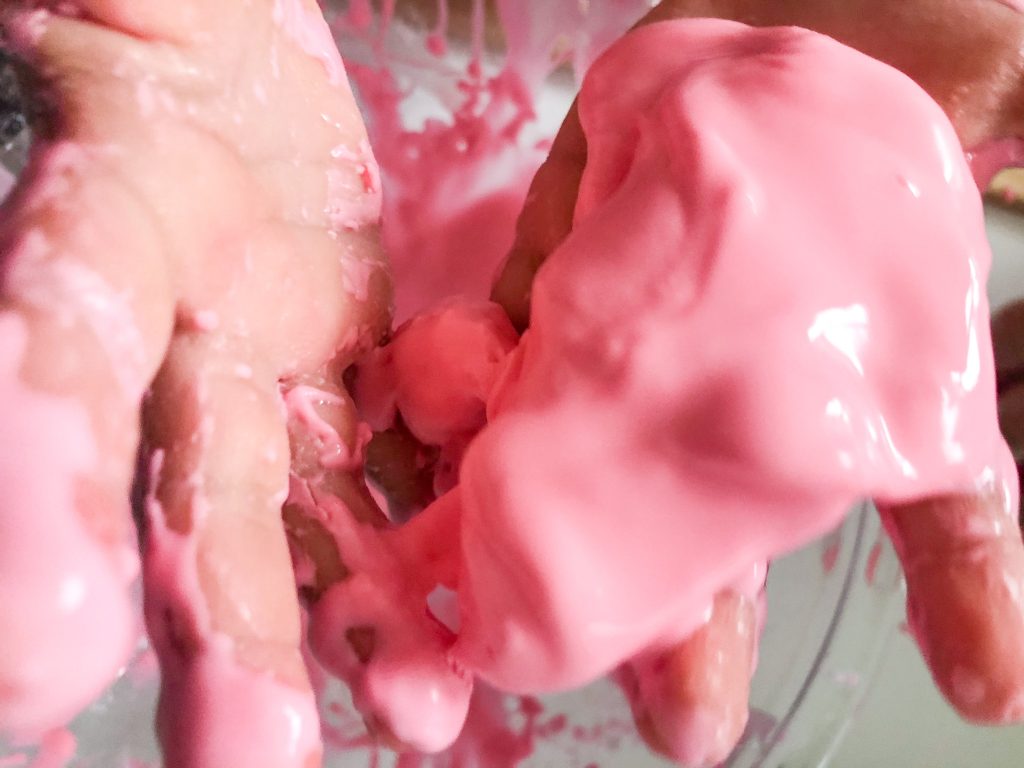
If it feels too compact, you can add some more water and if it’s too runny, you can add some more cornstarch.
Transition words
If you want to enrich this activity further, you can add transition words to draw their attention to the sequence of steps.
- Tout d’abord (first)
- Ensuite, puis (then)
- Maintenant (now)
Colours
You can also focus on colour vocabulary. You can use individual colours or mix different colours to see what they produce.
Science experiments for kids have many benefits
Doing science experiments with kids is not only a great way for them to learn while having fun, but it also encourages curiosity and an interest in STEM from a young age.
For information about oobleck, check out this article from Scientific American.
